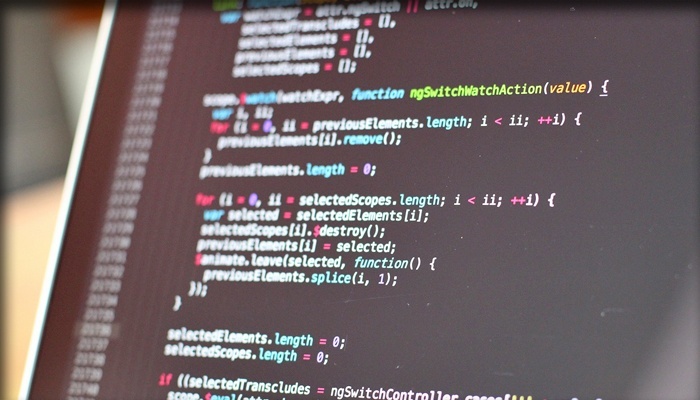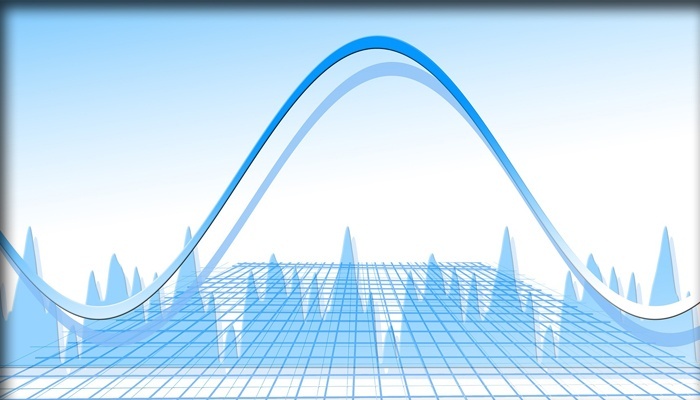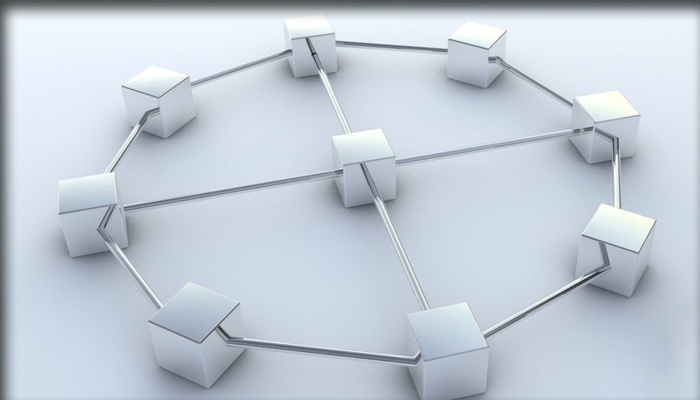
Das Patent
Die vorbereitete Patentschrift zu LRC beinhaltet bereits den Rahmen zur Entwicklung der Eingabeschnittstellen. Der Erfinder Ingo Wolf entwickelte die Logik des LRC Denkens in der Kooperation mit dem mediaGRID Projekt, der Fraunhofer Gesellschaft und führenden Neurologen.
Abstract
The present invention consists of a method, system, implementation, and devices of a neural network emphasizing the reception and the utilization of sensory stimuli in terms of the collection and in particular the parallel processing of such data. In particular new and beneficial is the conception of a system operating from experience coming from its own perception instead of operation based on human experience entered by its programmers such leading to problem solutions optimized to the situation and environment. Eventually the strict pursuit of following basic rules of the human brain carefully adapted to different mechanisms instead of copying of the human communication network topology leads to quasi-autonomous systems and artificial consciousness.
The technology described can profit from a new kind of computing hardware technology which in the following shall be called CAPISCE for “Complex and Parallel Instruction Set Computing Environment”
Description
The basic idea of neural networks in the information technology goes back to the 80ies of the last century. Looking into physiological psychology you find that some of the theorems express sequences and processes that can easily be reproduced by computers. In a general way you can say the human behavior is the output depending on the input of sensory data; in a more mathematical phrasing O = f(I) where O = Output, I = Input. This is in particular true if you can isolate modules in terms of processes operating independently from others, which by the way is one of the psychology theories. These modules can be highly complex, for instance looking at a complex mathematical calculation. Due to tremendous plurality of single calculation steps to be taken in such cases the computer is much faster than the human brain. However, not every problem can be described as precisely as a mathematical calculation. This lack of accuracy hinders reproduction of sequences by the computer and as a result humans can solve a problem in an instant where the resolution of the same problem could take years for a computer. This is exactly the situation where the human brain benefits from experiences and associations and estimations built on these experiences. It is the idea of the science of artificial intelligence to develop methods and systems to imitate the processes running in a human body and to reproduce the neural system.
Hitherto there has been a lot of research in neural networks resulting in a wide variety of resolution methods. The main focus of these approaches has been and still is in the reproduction of the brain’s communication network topology with less or no emphasis on the sensory stimuli. The present invention centers in the collection and correlation of data coming from appropriate receptors and describes ways to profit from the proper utilization of such sensory data resulting in useful applications within a wide field of environments and appliances. In the sense of the invention it is in particular important to re-use data collected and to build up experiences going into new decisions and building new experiences. Other than in the traditional artificial intelligence it is the idea of the present invention to learn from processes running in the human behavior rather than imitating any; hence for differentiation purposes the system is called artificial brain or AC system in the following.
Even more it is the idea of the present invention to learn from the behavior of men and other living creatures and to implement means in technical appliances that create the same or at least similar results in terms of rational behavior.
Naturally the processing of rather huge amounts of data results in fast serial processing in the common AI systems. Other than that the present invention describes system processing lower rates of data in parallel, i.e. it does not focus on clock rate maximization of the processing unit in use but rather requires processing units with lower clock rate paired with highly parallel processing capabilities. The description below will show the benefit of such method.
One of the reasons for the need of high computing power of current AI systems is the maximization of data. Such systems collect more and more data based on the theorem that as more data available as better the decision becomes. Other than that the present invention limits the amount of memorized data similar to a human being forgetting a lot of things over the time. It is a feature of the human brain to rather memorize the important data and to forget the less important. Nevertheless, some of the forgotten information lives on in associations or in resulting experience. It is, therefore, one of the objects of the present invention to benefit from the limitation of the total amount of data memorized by forgetting less relevant information including the learning of the criteria of what is more important and what less important.
In common AI systems a basic pattern of actions is implemented. Hence all experience is built upon this basic pattern and therefore rather influenced by it than being pristine. It is another object of the present invention to preferentially start from scratch to achieve real pristine experiences.
Furthermore in common AI systems actions are pre-described. This can be considered a limitation with regard to experience of the AI system gathered from sensory data not exactly matching a human experience and the possibly resulting ignorance of this experience or parts of it. In accordance with the present invention this limitation is eliminated by a method conducting actions depending on experience based on sensory stimuli coming from the systems own sensors.
The lack of perception is also obvious when several AI systems are involved in the same situation as can be seen at the very common demonstration of robot dogs playing soccer. These single AI systems are interconnected and information flows between them instead of having each of these dogs act on its own perception.
The method of action based on perception rather than inter-communication is another beneficial aspect of the present invention. This benefit of the invention can be shown at the example of a dancing chorus rehearsing a choreography. The behavior of the standard AI systems can be compared with such chorus learning the choreography on command. The idea of the present invention appears like a dancing chorus where all the members are watching each other and synchronize their dance which without doubt leads to a much better result.
Hitherto AI systems communicate experiences to men for improvement purposes. But due to different sensors experience shared between AI systems and men can not be pristine. It is another important new aspect of the present invention to have AC systems exchange experiences between each others instead of interchange with men. However, it should be understood, that this only makes sense between AC systems of similar type.
Another very important aspect differentiates the present invention from standard AI systems. These miss one significant experience: fatal breakdowns are not part of the experience of an AI system. It is another beneficial aspect of the present invention that knowledge about fatality can become essential in certain situations. AC systems can benefit from prevention or conscious acceptance of a fatal breakdown which it would not in case of fatality not being part of the experience.
There is another aspect of the human brain not existent in AI systems up to the present: other than human beings AI systems do not go through imaginations. A peculiarity of imaginations is the playing or simulation of hypothetical situations or virtual actions based on virtual sensations. Hence another aspect of the present invention is the utilization of underemployed computing capacities to simulate situations just as men are doing in imaginations. The results of these simulations add to the experience and also help to improve the capability of the system.
Particular aspects of the present invention can profit from dedicated hardware components. A new kind of processing units in accordance with the present invention is particular beneficial in terms of the capability to operate AI in rather small systems such improving a wide range of electronic appliances. This is possible since the idea of the present invention is to efficiently reduce data to an amount fare below the unlimited data collection of traditional AI systems. Due to the focus on sensory stimuli the amount of data collected is a function of the number of sensors of a system. A processing unit in accordance with the present invention is able to run processes in parallel analog to the human brain. Conventional processing units such as in computers are sized to sequential operation at processing speeds as high as possible. High processing speed is achieved through clock rate maximizing and high memory allocation. However, for a processing unit high in accordance with the present invention high processing speed is not required. It can operate with low memory size and also low clock rates compared to conventional systems. It is in particular beneficial to operate flexible clock rates where the AC system itself can change the clock rate. Depending on the load the clock rate can be increased or decreased. The clock rate itself can be one of the values measured and can therefore be a stimulus influencing the AC systems behavior. For instance a threshold can be set to start day dreaming or to interrupt it, but there are a lot of other possibilities.
In a way one can see the actions of a conventional AI system rather like the reflexes of a human being than like conscious action. The physiologic psychology differentiates between different reflexes. The simple reflex is a congenital reflex such as an escape reflex or the patellar reflex. Conditioned reflexes are reflex actions in response to experiences. Other than conscious actions reflexes are pre-defined processes, built-in in case of the simple reflex, learned in case of the conditioned reflex. Further differentiation of reflexes is between monosynaptic and polysynaptic. Reflexes are monosynaptic when the structure receiving the stimulus conducts the reflex circuit without involvement of other structures, e.g. the patellar reflex; they are polysynaptic when the reflex circuit is conducted from a different structure, e.g. when somebody puts his hand on hot stovetop the sensors in the hand receive the “hot” sensation but a structure somewhere in the spinal cord triggers the immediate removal of the hand.
Conscious action result from the balance of former experience and learning. This implies a process of thinking to conduct an action. Conscious action therefore develops in the cerebral cortex. Own experiences and/or experiences learned from others are taken into consideration of an action. But the human brain is an efficient system and learns from its own processing; it even learns how to improve this processing. Situations repeating in many cases are stored as an action pattern such reducing the need for thinking and the reaction time. Still there is a difference to the reflexes mentioned above; in a way you could describe these pattern based action as an auto-reaction to the repeating situation in terms of identical stimuli or very similar stimuli.




In der Knackenau 11
82031 Grünwald
Germany






